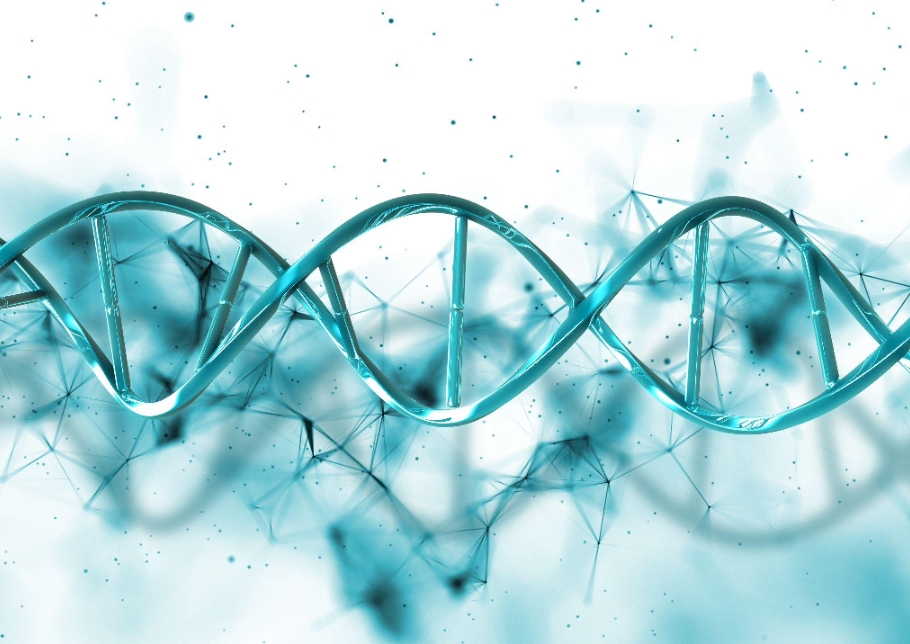Phenotype-genotype correlation examines the links between genetic variants and patient symptoms. This correlation is important for diagnosing diseases with limited genetic data. Genetic information does not provide an accurate diagnosis without the context of the phenotype. Understanding these relationships has become critical for the modern diagnosis of rare diseases.
NGS methods reveal thousands of variants in each person’s genome. Most of these variants have no clinical significance for the patient. Phenotypic features help filter genetic data more efficiently. Doctors use the phenotype to prioritize important genetic variants. This greatly facilitates the work with large amounts of NGS data interpretation.
Combining genotype and phenotype data improves the interpretation of uncertain variants. Such integration increases the accuracy of diagnosis and understanding of disease mechanisms. Comparing phenotype with genotype becomes the basis for clinical decisions. Doctors make better-informed decisions thanks to this combination of data.
Correlation analysis contributes to the development of personalized medicine for patients. Knowledge of the impact of genetic variants on the clinical picture leads to new treatment methods. Targeted approaches are adapted to the genetic variant prioritization of each patient. This gives hope to patients with rare diseases without effective treatment methods.
What is phenotype-genotype correlation?
The phenotype includes all the symptoms and clinical signs that we see in a patient during an examination. This includes physical signs, biochemical indicators, physiological parameters, and behavioral characteristics of the patient. Such data becomes the key to correct diagnosis in complex cases. Phenotypic data form the basis for further phenotype-driven variant interpretation of rare diseases.
The genotype contains specific genetic variants that are detected through NGS data interpretation platforms. Single nucleotide variants, insertions, deletions, and copy number variations are found in the genome. Structural rearrangements that can alter the function of many genes have also been identified. Comparing this data with the phenotype helps to find the causal variants of the patient’s disease.
This connection helps to classify variants in the rare disease diagnostic support tool and hereditary disorders. Variants that match the patient’s phenotype are given higher priority during data analysis. Interpreting variants based on phenotype makes diagnosis more accurate for complex clinical cases. Therefore, modern algorithms include HPO-based gene panels to search for causal variants.
The integration of phenotypic data is changing the process of analyzing genomic information in daily clinical practice. This improves the efficiency of diagnosing rare diseases among a large number of possible variants. The time to diagnosis is reduced by prioritizing variants based on the patient’s phenotype. Physicians are able to more quickly prescribe appropriate treatment for patients with rare disease diagnosis.
Why this is important for the diagnosis of rare diseases
Rare diseases pose particular challenges due to limited patient populations and diverse manifestations. Diagnosis is complicated by significant differences in symptoms even when the genetic basis of the disease is the same. Phenotype filtering of genomic data reduces the number of false positives when interpreting variants. This method allows doctors to focus on the most important genetic variants in the inherited disease diagnostics process.
The context of genomic data directs attention to variants that are likely to cause disease in a patient. This is critical when working with large arrays of next-generation sequencing data. Without phenotypic context, many variants are not properly classified during analysis. Each patient has thousands of potentially pathogenic variants in their genome.
Integration with phenotypic data enables effective filtering of genetic variants during diagnosis. Phenotypic features help identify additional clinical signs and disrupted metabolic pathways. Studies indicate a 20-30% increase in diagnostic yield in rare disease when using HPO terms. This improves patient stratification and the accuracy of diagnosing hereditary diseases.
An integrated approach is especially valuable in cases of incomplete entrance of genetic variants. The variable expressivity of genetic disorders often complicates the establishment of a correct diagnosis without phenotypic data. Genotype-phenotype matching becomes the basis for the development of new diagnostic algorithms in medical genetics. Such algorithms allow doctors to more quickly determine the causes of rare diseases.

Innovative solutions: AI and computational tools
Current developments include AI in variant interpretation for analyzing genetic variants and PhenCo computational processes. These tools link phenotypic matches with genomic data to identify functional interactions. Automatic variant interpretation systems search for candidates based on patient data through machine learning algorithms. They analyze databases of variants and associated phenotypes to find the causes of diseases. Such platforms find hidden links between genes and disease manifestations.
HPO-based gene panels automate the process of finding important variants and possible diagnoses. They use phenotype ontology to describe patient symptoms and find corresponding genetic causes. Clinical decision support systems help doctors diagnose complex cases through accurate recommendations. The PhenoPacket standard enables the exchange of phenotypic information between research centers for better diagnostics. This expands collaboration and data sharing in the study of rare diseases.
Combining multi-omics data with phenotype opens up new opportunities for the development of medical diagnostics. The integration of genomic, transcriptomic, and proteomic data with phenotypic data creates a complete picture of the disease. Federated systems collect information from different clinics to expand diagnostic capabilities. This is especially important for ultra-rare diseases with a limited number of reported cases. This approach helps to find diagnoses even for the most complex and variant classification in rare diseases
Conclusion: The critical role of phenotype in genetic diagnostics
Genomic data alone does not solve the problem of diagnosing rare diseases in patients. Combining phenotype with genotype changes the way variants are interpreted in clinical practice. Diagnostic outcomes are significantly improved by this integrated approach to data analysis. Tools to support the diagnosis of rare diseases show high effectiveness in real-world settings.
The future of diagnostics is based on platforms with comprehensive next-generation data analysis. Such systems combine descriptions of patient symptoms with powerful automated variant interpretation tools. The interpretation of results is faster and more accurate thanks to automated algorithms. Prioritizing genetic variants by comparing them with the phenotype forms the basis of personalized therapy. This opens up opportunities for the development of individualized treatment regimens based on an accurate genetic diagnostics platform.





























